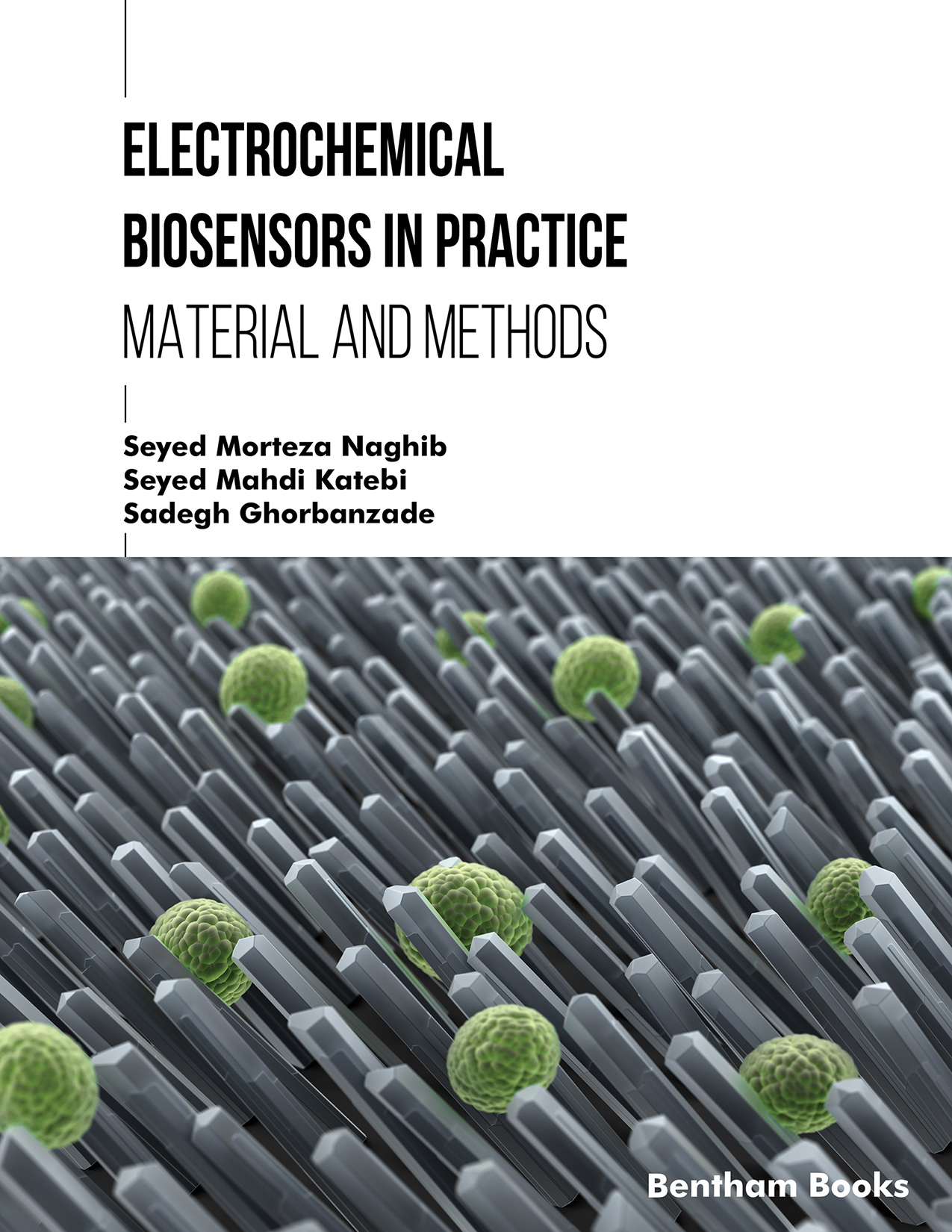Introduction
A biosensor is an integrated receptor-transducer device that converts a biological response into an electrical signal. The design and development of biosensors have taken center stage for researchers or scientists in the recent decade owing to the wide range of biosensor applications in healthcare and disease diagnosis, environmental monitoring, water and food quality, and drug delivery. Due to their adaptability, ease of use in relatively complex samples, and portability, the significance of electrochemical biosensors in analytical chemistry has increased manifold. Electrochemistry has been pivotal in developing transduction methods for biological processes and biosensors. In parallel, the explosion of activity in nanoscience and nanotechnology and their huge success have profoundly affected biosensor technology, opening new avenues of research for electrode materials and transduction.
Electrochemical Biosensors in Practice: Material and Methods particularly explores the use of silver and gold nanoparticles for signal amplification, photocurrent transduction, and aptamer design. Therefore, the book serves as an introductory text for those specializing in biosensors and bioelectronics and their practical applications.
Key features
- Includes structured information for easy understanding of the subject
- Provides an introduction to biosensors and electrochemical biosensor classification
- Explains fundamental concepts and practical electrochemistry techniques for research
- Provides notes on essential electrochemical sensor materials such as graphene, carbon nanotubes, conductive polymers, and other advanced materials
- Provides information about electrochemical biosensor development
- Informs readers about recent applications and research findings
- Includes references for further reading
Audience
Students in chemistry, biomedical engineering and advanced engineering course

